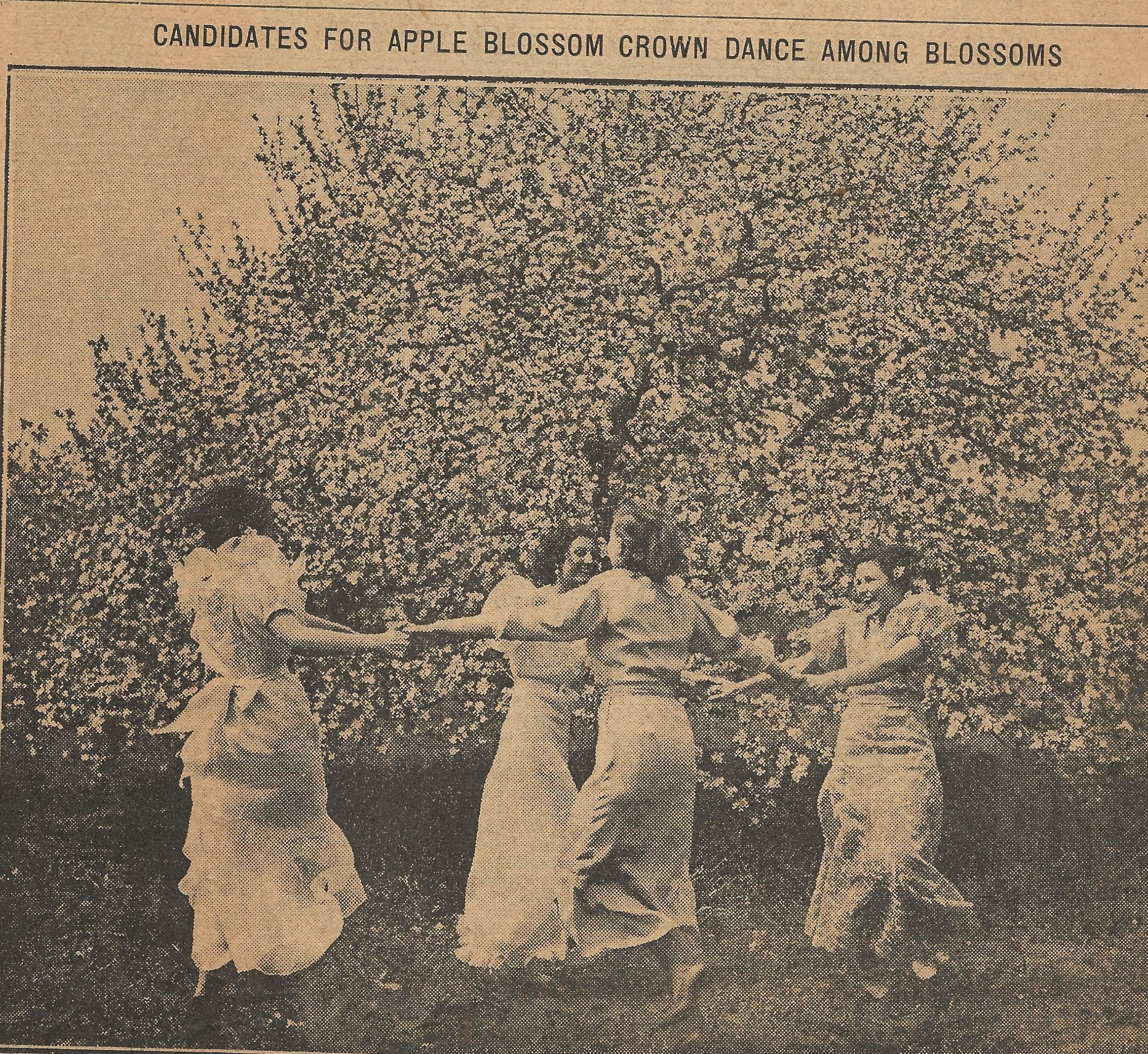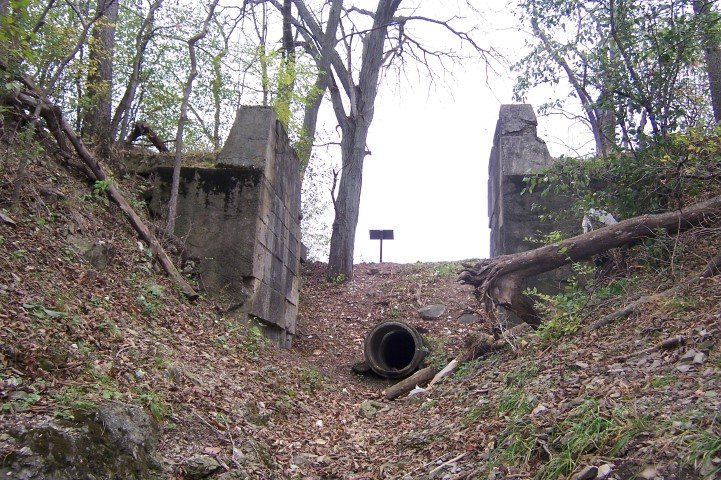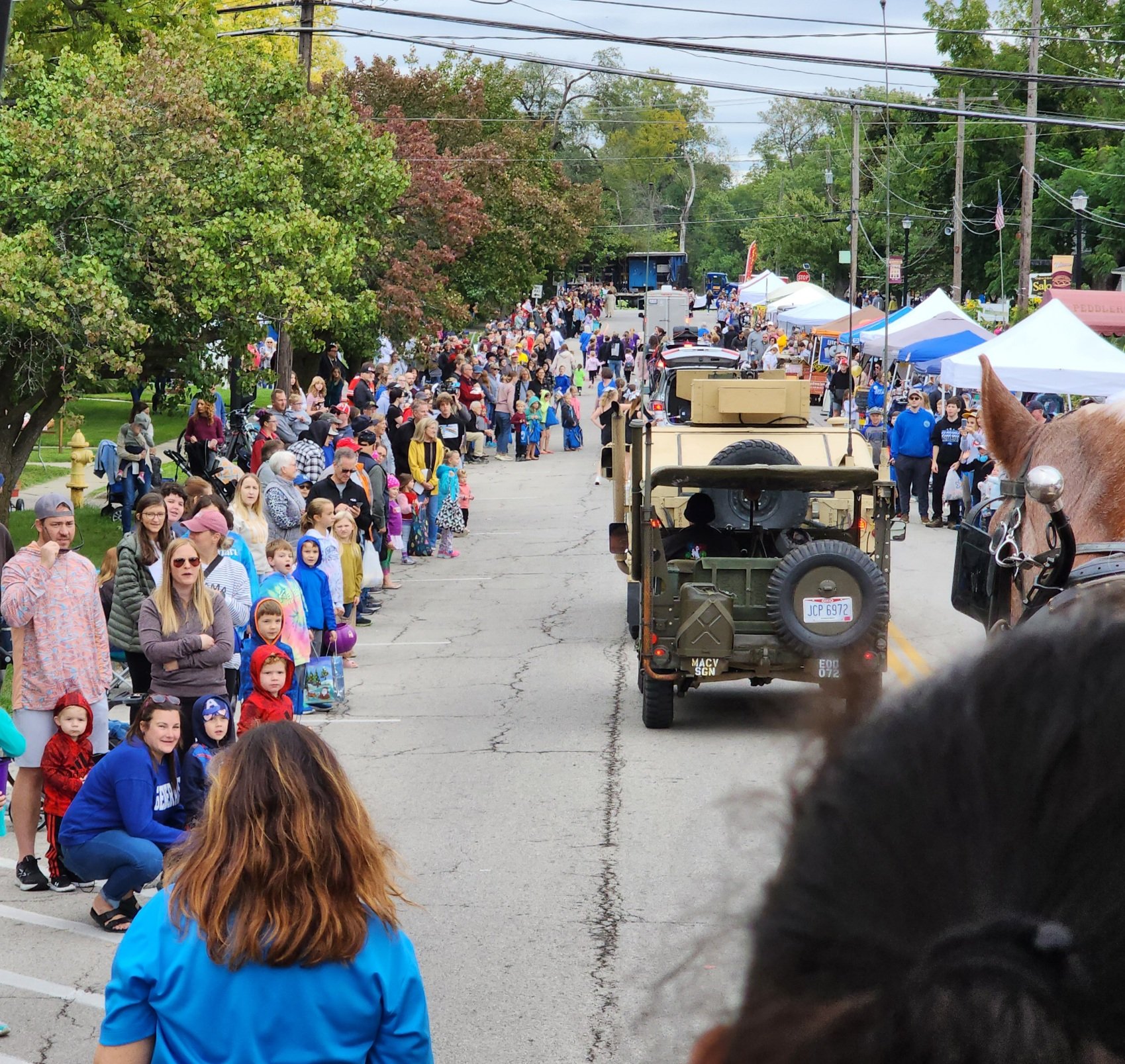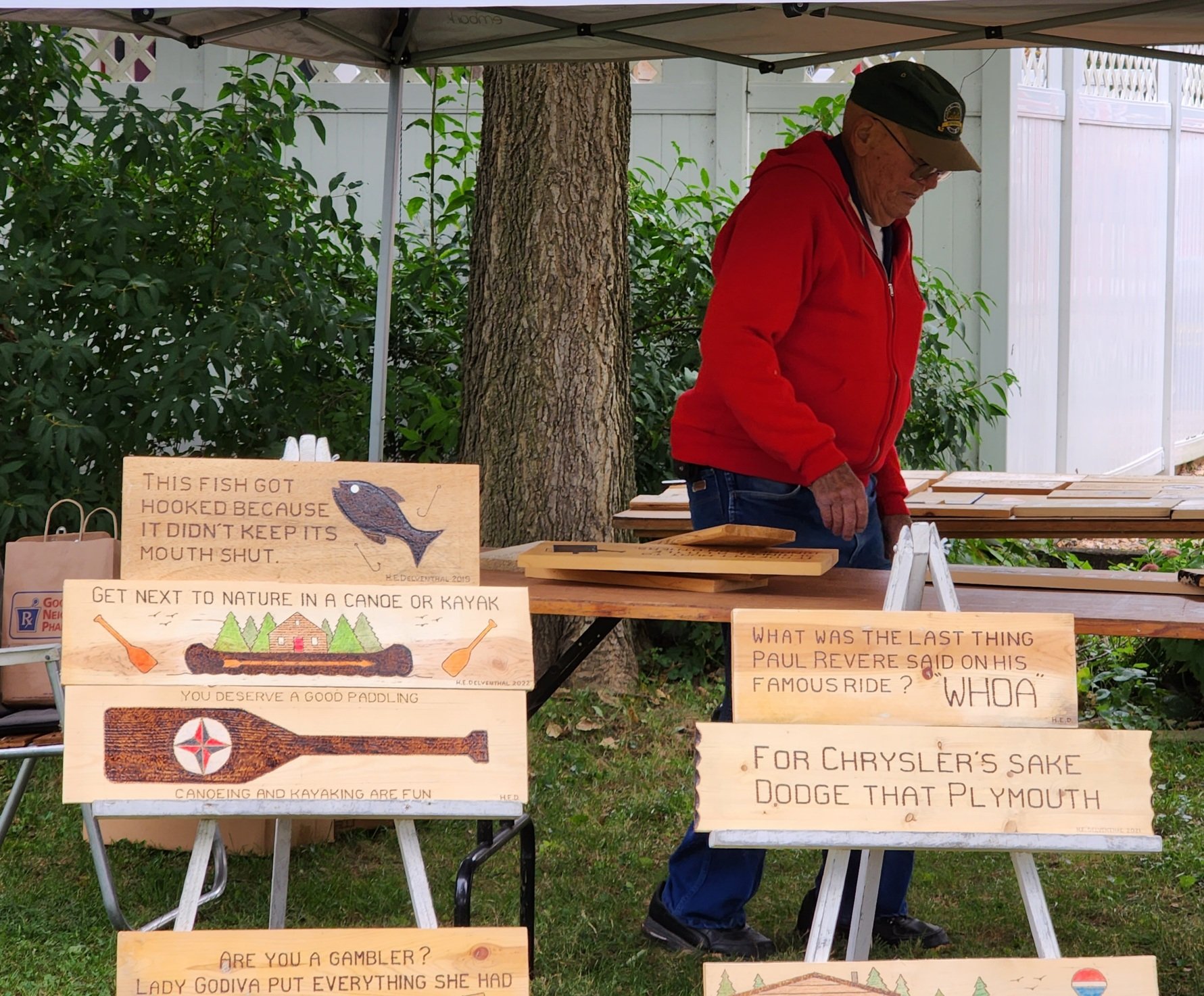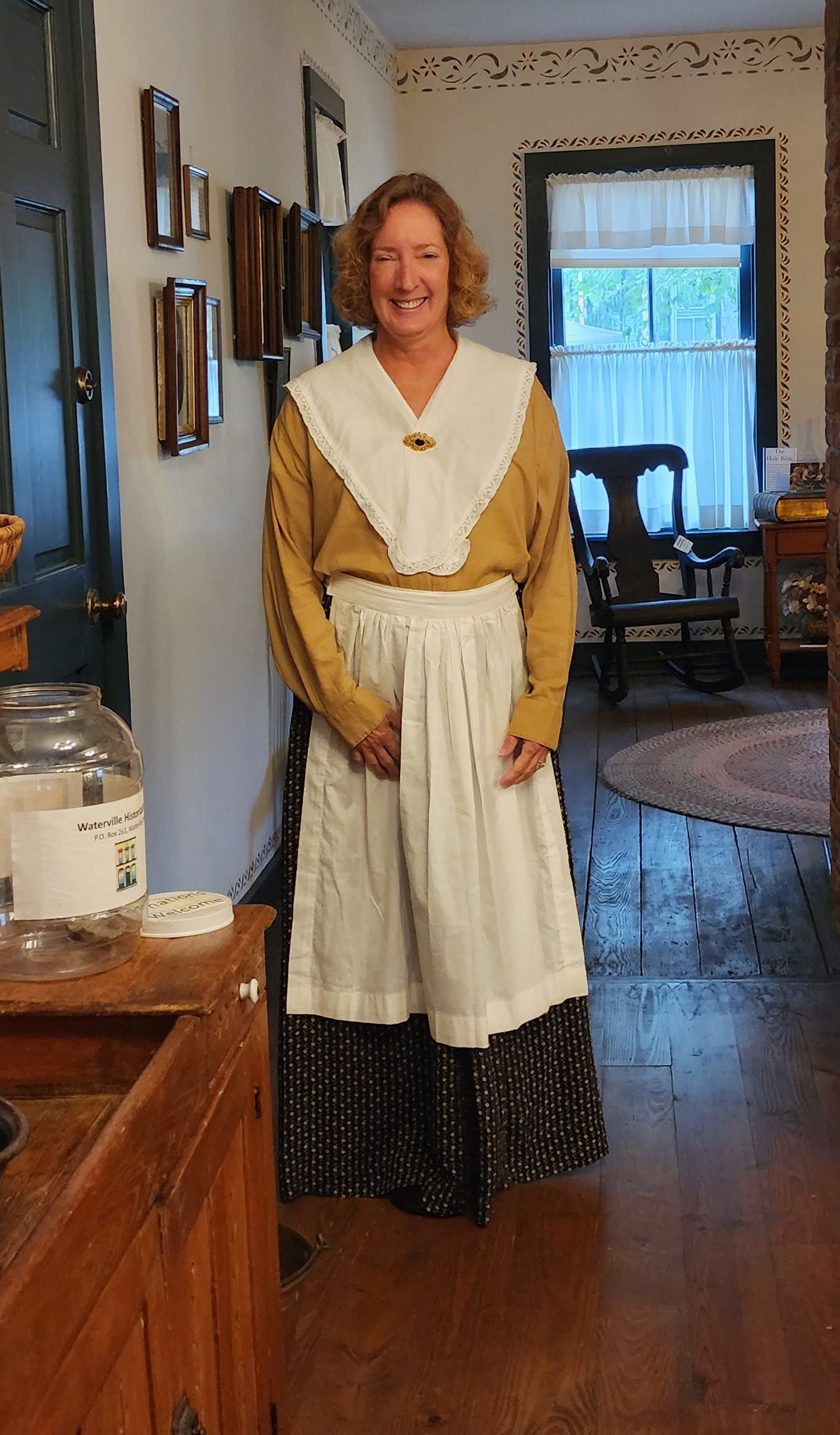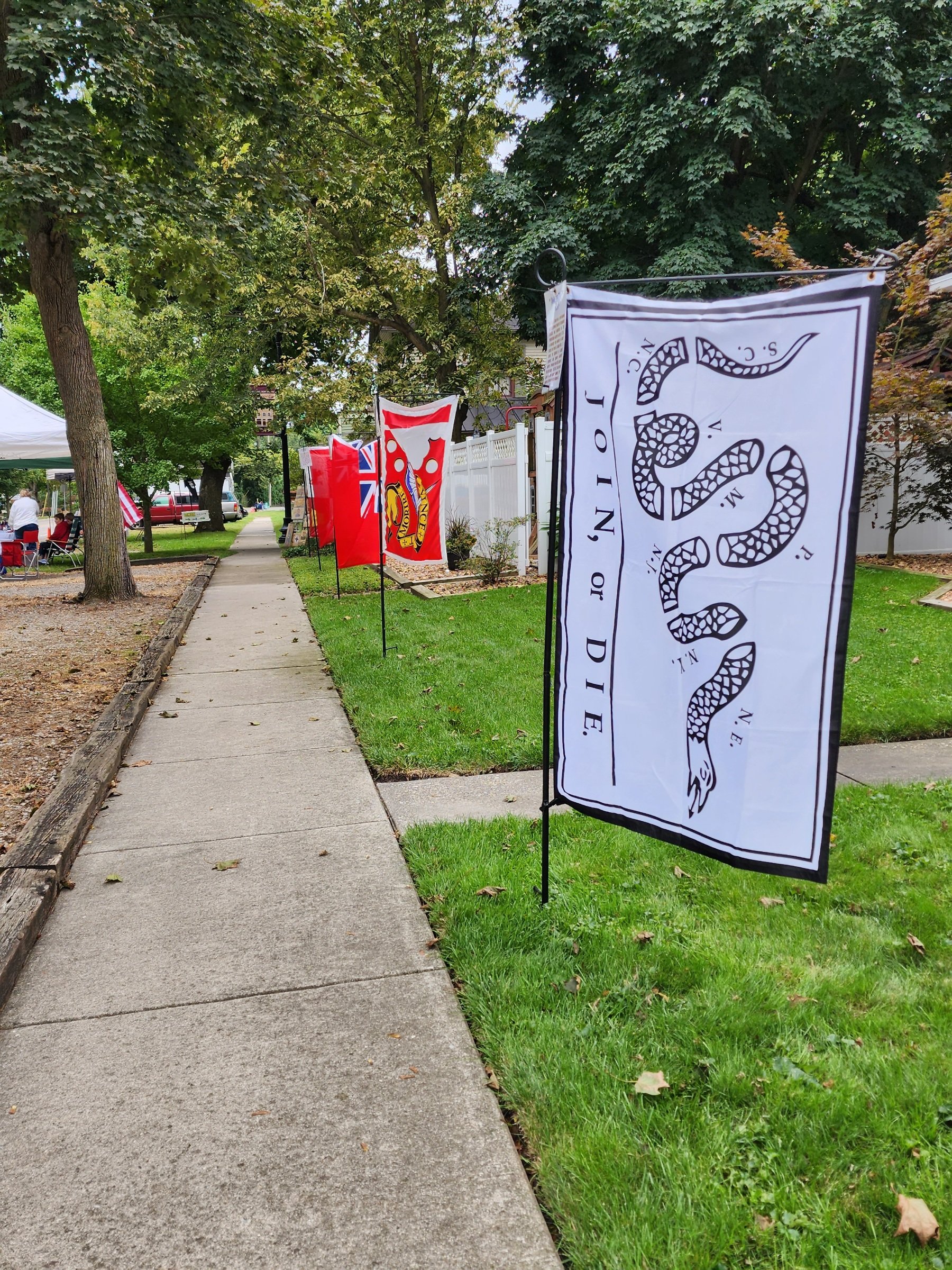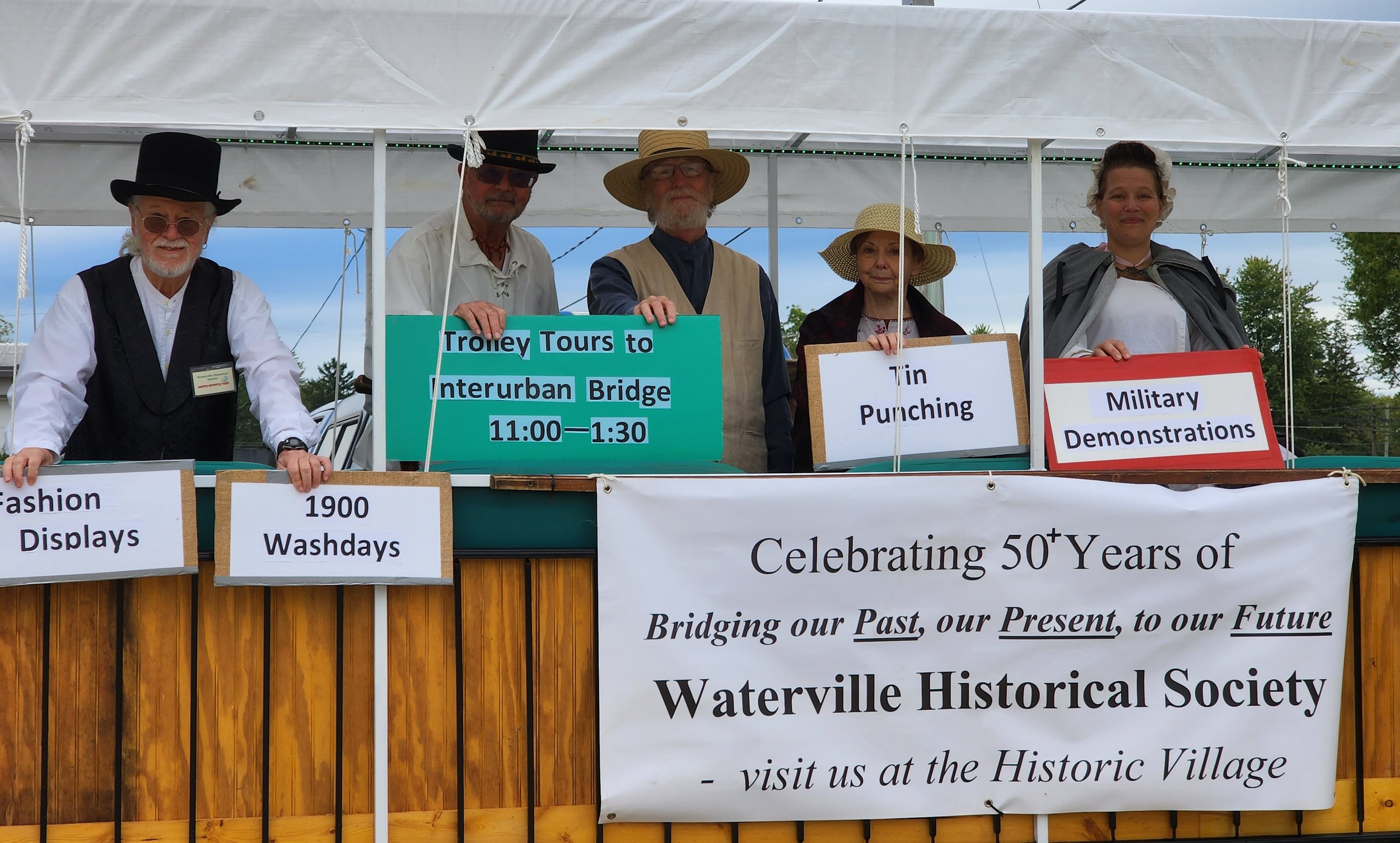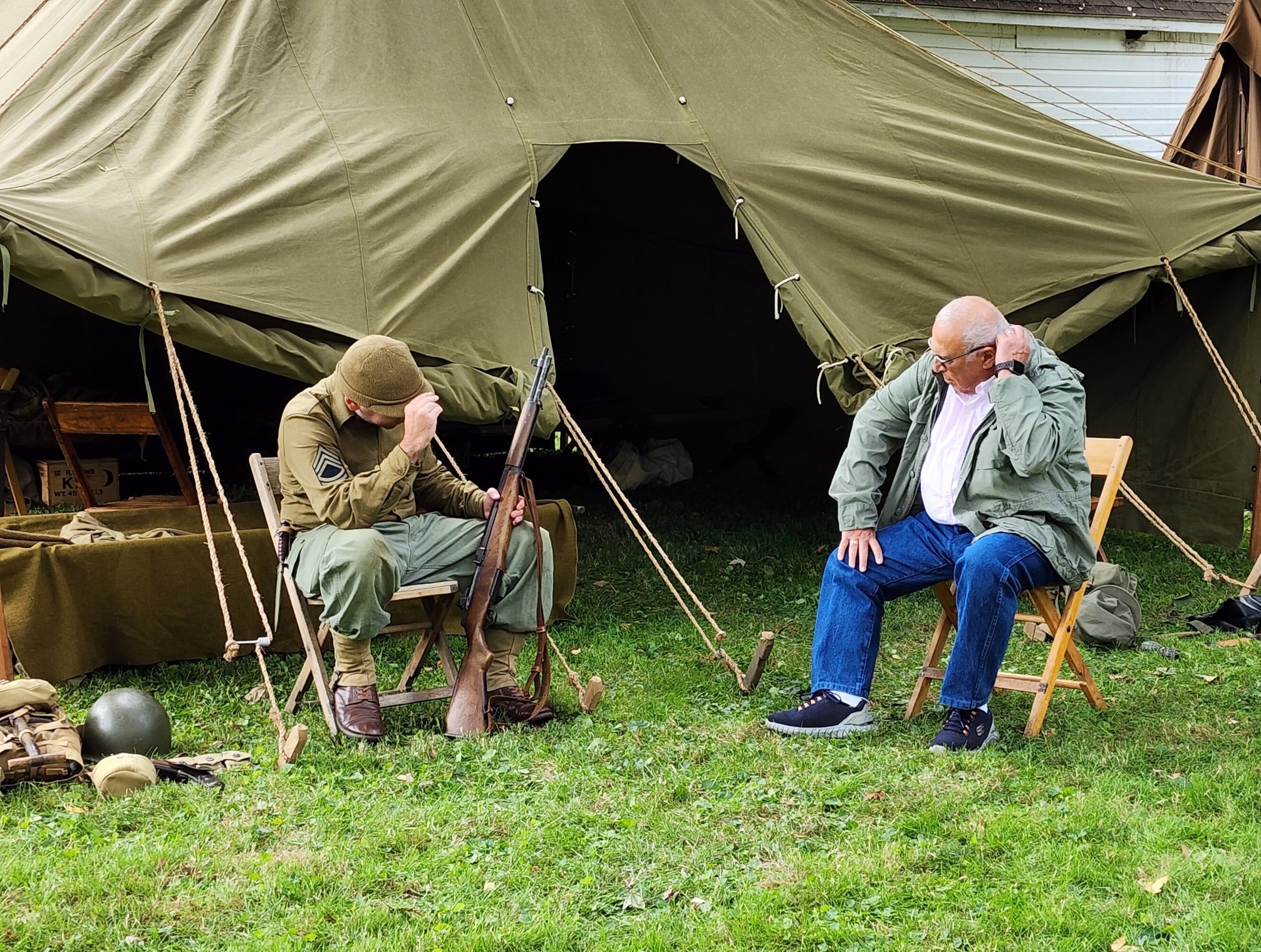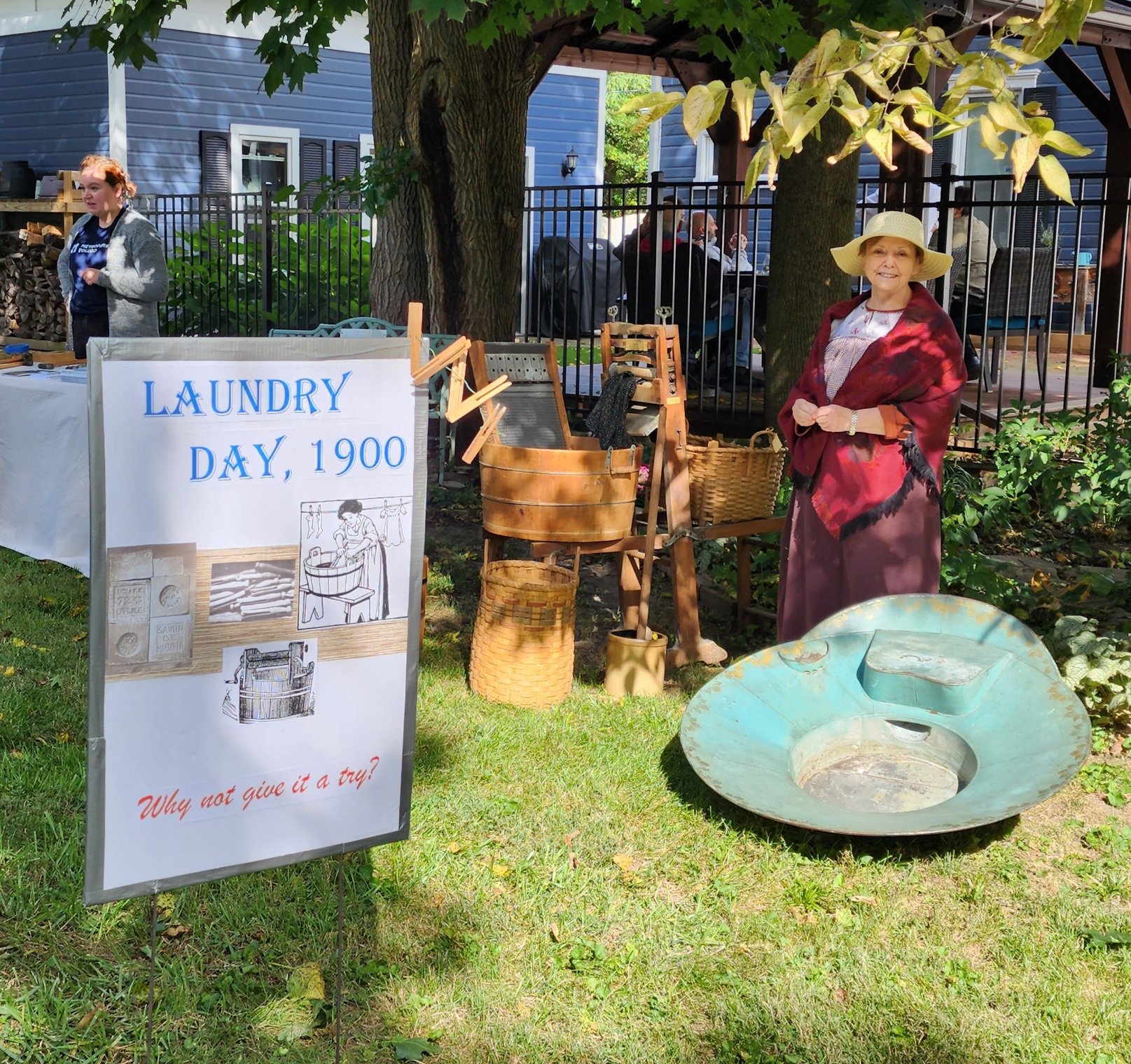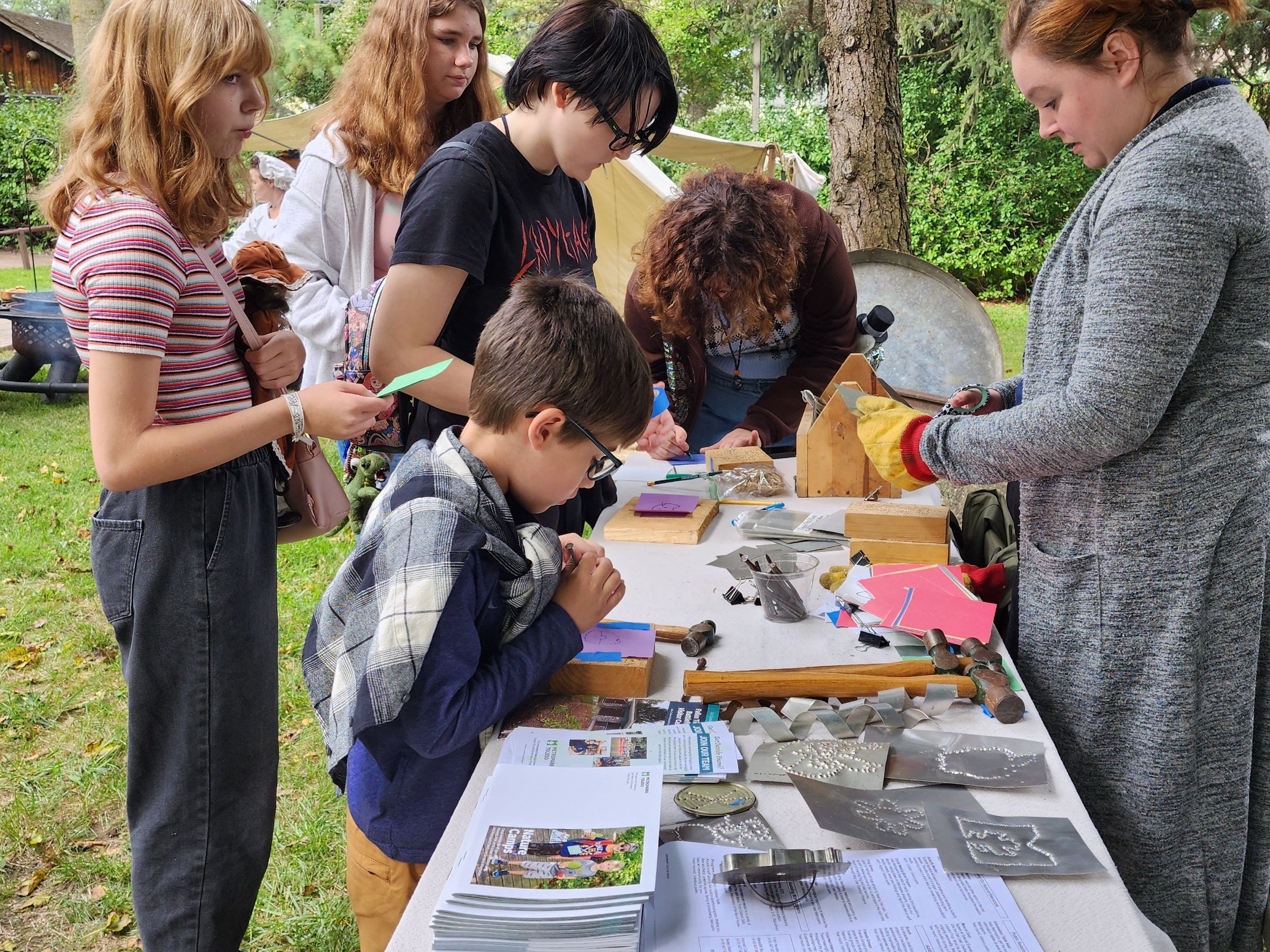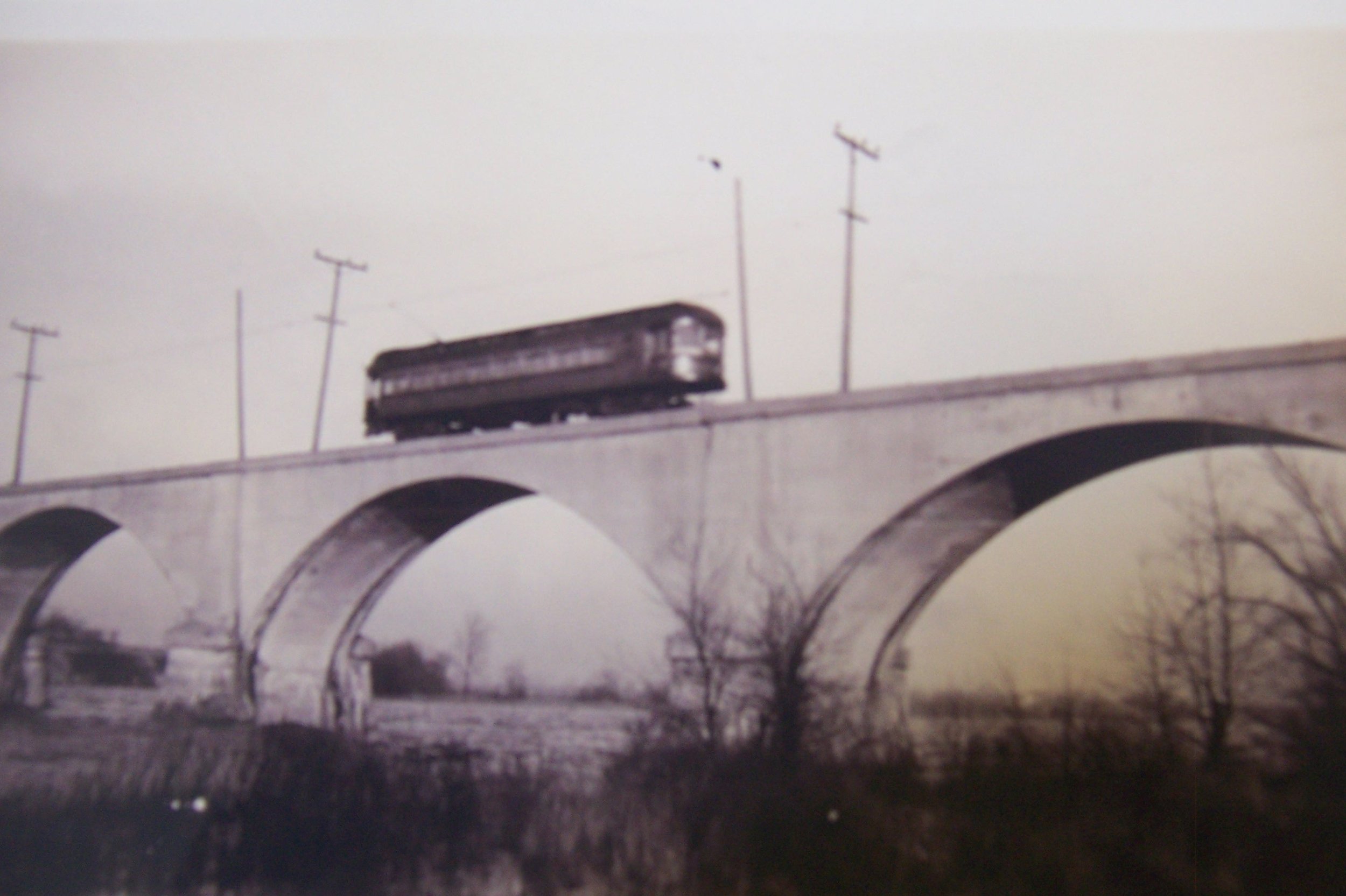Waterville Blossom Festival
History of the Apple Blossom Festival and Waterville Festival
The Apple Blossom Festival was suggested at the Waterville Chamber of Commerce as noted in the Whitehouse Standard on April 29, 1933. This was just coming out of the Depression and the Chamber of Commerce was probably trying to find a way to increase business for the people of Waterville plus it was way to throw dull cares away and celebrating. Of course people were beginning to travel more and this was a short drive to Waterville to see the apple blossoms and other trees in bloom. This would help get the people back then to buy the apples and other produce. The May 6, 1933 date was selected. Everyone interested in seeing the trees in bloom met at the Waterville school and the Whitehouse Band played. They traveled in the parade from the school house at 1 p.m., in a caravan of trucks and cars lead by the band and the Boy Scouts where they traveled up the river to the Byrum and the Utz Fruit Farm on River Road, then to the Boyer Fruit Farm on Waterville-Neapolis and Schadel Road and finally to the Farnsworth Orchards on Farnsworth Road. At the Farnsworth Orchards they had a program and crowning of the first Blossom Queen, Theresa Walbolt. Her attendants were Merita Witte and Marilyn Baldwin. It was raining at the 1st Festival so the program and dancing was held at the Graf Garage where now Peddler’s Alley is located. They removed the three Model T Ford fire trucks, four yellow school buses and parked them outside so the floor could be cleaned for square and round dancing.
The 2nd year (1934) they had blossom covered floats. The people took a tour of the 500 acre Farnsworth Orchards where most of the proceedings after parade were held. The queen and her attendants were seen dancing under the apple blossoms in 1934. In 1937 the Waterville Blossom Festival was held on May 8th with parade, floats, bands and the Queens Ball with single admission tickets to the ball at 35 cents and 15 cents for children. Waterville was advertised in a brochure at that time as a city suburb and an agricultural town. It stated that the village owns and operate its own water and electric plants, has three churches, good school system, has a bank, garages, restaurants, barber shop and stores sufficient to care for its needs. The population of Waterville in 1934 was 976. A map was provided so you could travel to see the apple blossoms. The night before the festival three million bees Mr. Farnsworth rented from a man in Shelby County were released to fertilize the apple orchards of the village. The flight of the bees was an annual event at the Farnsworth Farms, usually the night before the Festival. He keeps the bees all summer and the owner come later to take them home.
The last Blossom Festival was 1940 by our records when the festival was discontinued during the war years of WW II.
The first Post War Waterville Festival was held June 1947 and it replaced the old Waterville Blossom Festival and now it was sponsored by the American Legion Post and the Waterville Volunteer Fire Department, dropping the word “Blossom.” They said they wanted to continue to sponsor the festival annually with enough money is raised for building of a community house or building. It was a four day event ending with an hour long parade on Saturday and later in the evening with square dancing. They had carnival rides all taking place in Waterworks Park, now Conrad Park. It was a fun filled time! It was a money maker for the sponsors. In 1955 there were 12 bands, 6 marching groups, 9 queen candidates and by 1963 there were 30 marching units in the parade. Prizes were given to the bands and floats.
In 1981 they mentioned what they had purchased with festival funds which were a rescue truck and equipment, material for the Village Park Shelter House, Christmas lights, steel grills in the park, flags and poles for street display and flags for the park and local schools, sponsorship of teams and Scout troop.
Author’s Note: We are looking for more information on the Waterville Festival to add to our records. Do you have pictures or information you would like to share?


